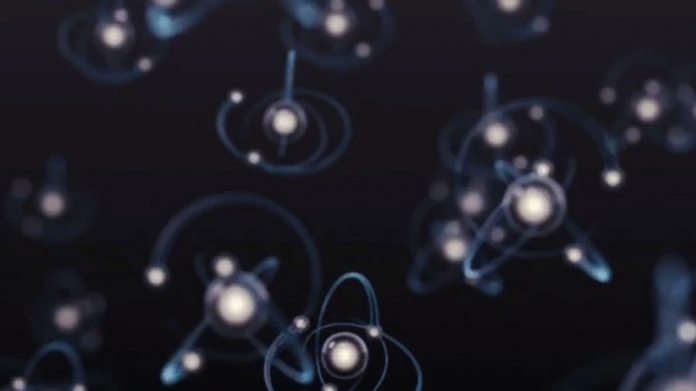Rather than using qubits the traditional way, Microsoft’s plans hinge on an elusive particle known as the Majorana fermion. By weaving them together, it seeks to make stable qubits with far lower error rates than its competitors. Microsoft’s Director of Quantum computing says the company is “all-in” on building its computer, and that it’s “one of the biggest disruptive bets we have made as a company”. https://youtu.be/doNNClTTYwE
A Multi-Billion Dollar Bet
Julie Love took the job of overseeing the efforts just over a year ago, and says Microsoft is making advancements every day. Indeed, March saw its first near-definitive creation of a Majorana fermion, which has been hypothesized since 1938. By weaving them to create a topological qubit, it hopes to be the only major player who can offer scalability. “Microsoft is working on the only scalable solution, one that will run seamlessly on the Azure cloud, and be much more immune to errors,” said Love during the London Tech Week. “The truth is that not all qubits are equal; most are inherently unstable and susceptible to error-creating noise from the environment. Our approach uses topological qubits specifically for their higher accuracy, lower cost and ability to perform long enough to solve complex real-world problems.” That final line isn’t marketing speak, either. Researchers predict that quantum computers will be able to solve tasks that are near-impossible for humans in a minute and a half. They’ll be able to crunch numbers at an incredible speed, possibly cracking some cryptography. However, Microsoft says it wants to focus on solving some of the world’s biggest problems, such as global warming, security, and disease prevention. It’s put billions into research, looking behind other players for now, but possibly shooting ahead if its bet pays off.




